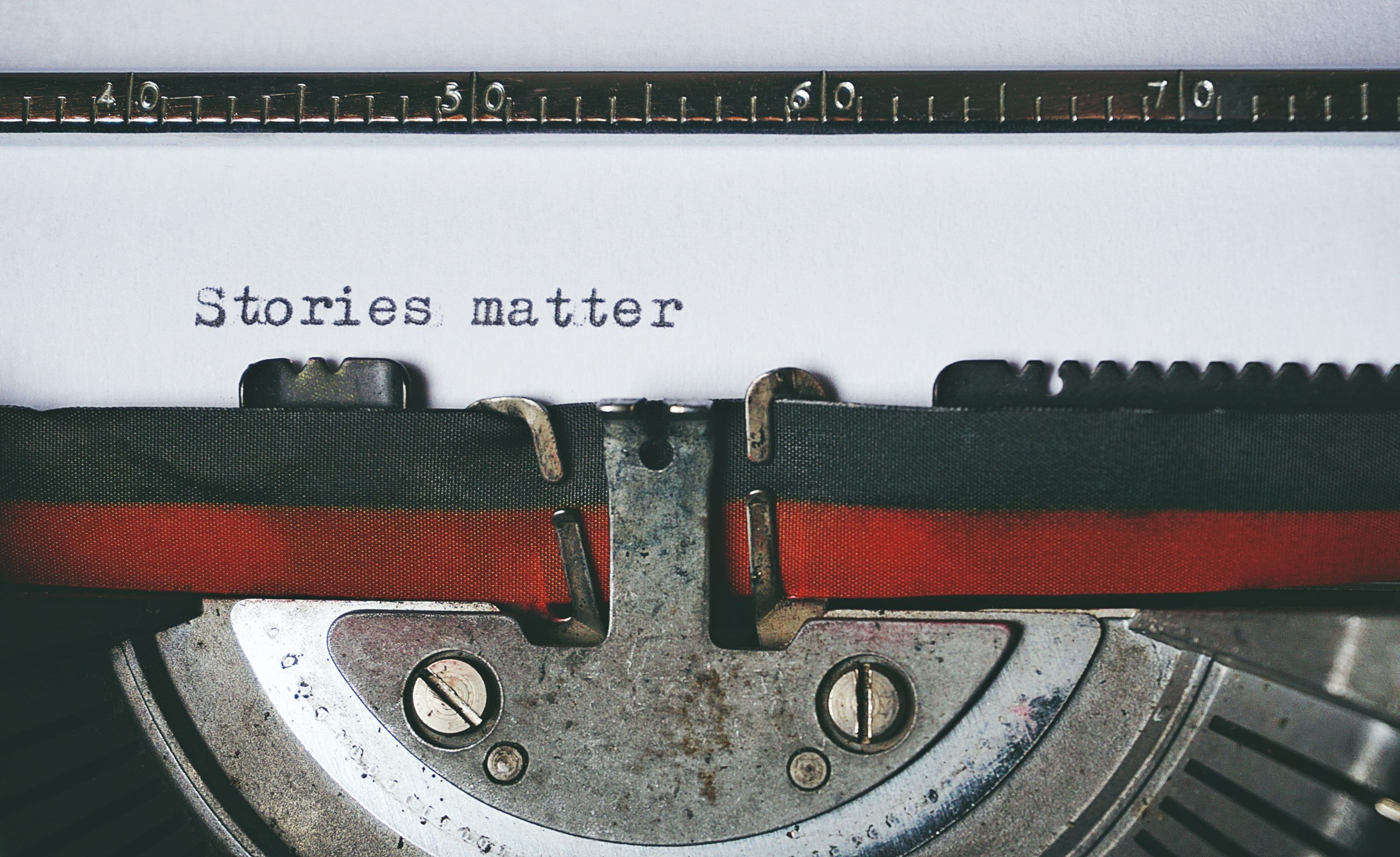Pardon the play on words, but this is the future of marketing communications (or marcom): what’s new is old again. In other words, the goals of future storytelling, regardless of the methodologies (I’ll get to that in a moment) are to create an emotional connection, empathy and authenticity with an audience for the simple fact that we are all biologically wired to respond to such stimuli. The pace of technological change has far surpassed that of human biological change and, as a result, we are already seeing some very concerning early negative effects of our physiological inability to cope with the ever-increasing pace of new stimuli.
What does that mean to us as marketers? It means that regardless of which shiny new device, amazing new technology or science fiction-grade experience becomes available to us through the remainder of our careers, the end goal will not change in our lifetimes: to fundamentally connect with our audiences on a visceral level with the singular purpose of making them feel something in order to catalyze a reaction.
The methodologies, however, are changing at light speed. The first one that bears mentioning is not a shiny device, but rather a storytelling approach known as “never-ending stories” where stories will not only occur in real time, but they will be available 24/7. They do not have a beginning, middle or end; they just are. Always. Regardless of whether a brand has a team of producers generating storylines, swarms of users generating content curated and guided by AI technologies, or likely both, the output will be the same. It won’t be a nicely packaged storyline with a definable narrative arc, it will move forward according to the ebbs and flows of the audience itself, empowered (and emboldened) by the hyper-connectivity enabled in our modern society.
Another likelihood on the horizon is the growing importance of regional micro-influencers. Harkening back to the days of radio’s Golden Era, when we would stay up late, hiding beneath the covers listening to the local DJ after midnight to “feel connected” to someone “who knows me”, these regionally focused personalities will continue to thrive simply because we are physical beings in a physical world. And no matter how technologically advanced we become, there will always be times when the stories we want to hear and connect with need to be told by someone who is physically nearby. Why? In a word, empathy. We will continue to believe in a storyteller who is experiencing the same conditions as we. After all, who would you rather listen to when it comes to, say, homebuilding trends: someone who had survived the same wildfires you had or someone three thousand miles away facing a hurricane you’ve never experienced?
Data-driven storytelling will continue to evolve at the same astounding pace as the growth of data itself. But to what end? What is “the story in the data” that can inform, evoke or motivate an audience? The evolution of data-driven storytelling will someday achieve a level of hyper-personalization that makes today’s nascent attempts at content customization seem like stone age technologies. Soon, we will have the ability to modify the nuance and detail of a storyline based on the real-time ambient data surrounding our audience. Dreaming ahead, it is conceivable that a brand storyline could alter itself in real time based on ambient inputs from a user’s device. In other words, a mobile phone is displaying an AI-generated story, while the phone’s camera is gathering information on colors, textures, sounds, faces etc. and feeding that back to the storytelling algorithm, which changes its output based on the viewer’s real-world experience. This is no longer the stuff of science fiction, the technology exists. It’s a matter of bandwidth and processing power and will be available to us as marketers sooner than we might think.
However, we’re faced with the same question: why go to all this effort? Again, the same reason. If a viewer feels more connected to the story through use of such technologies and senses more empathy, then the marketer has succeeded. What’s new is old again.




